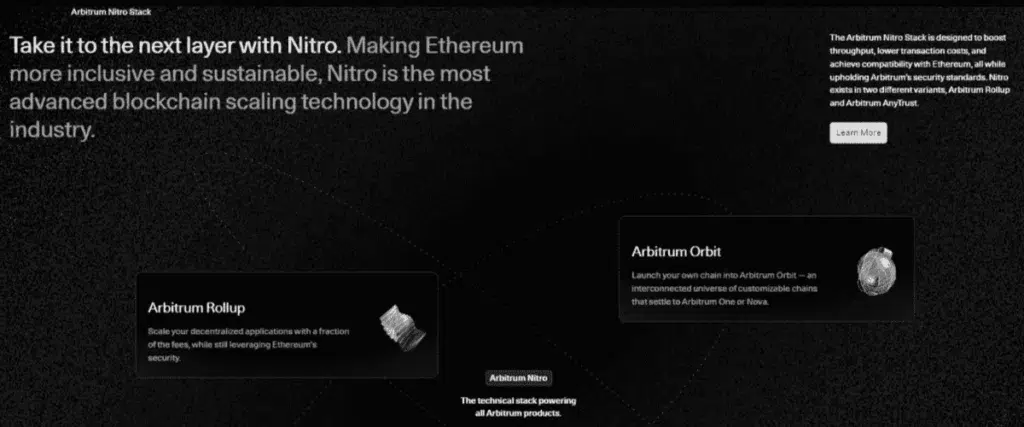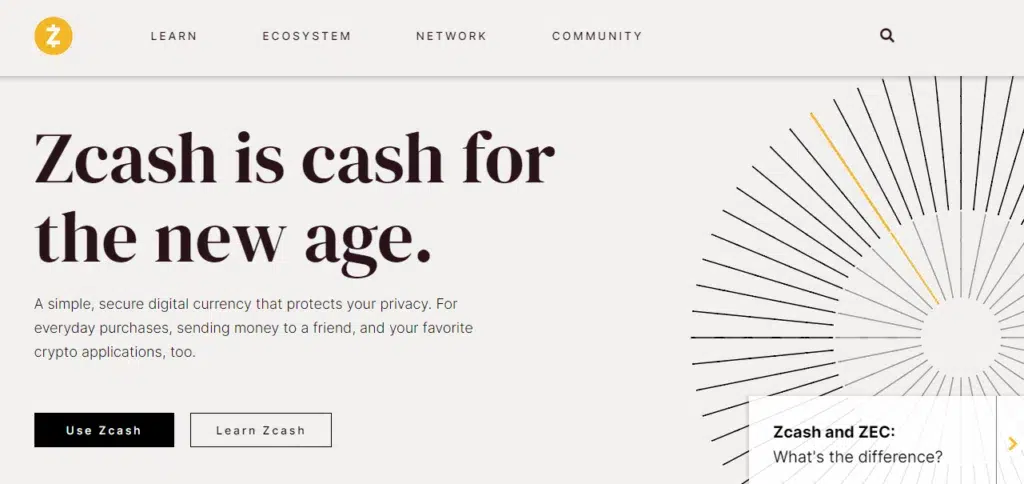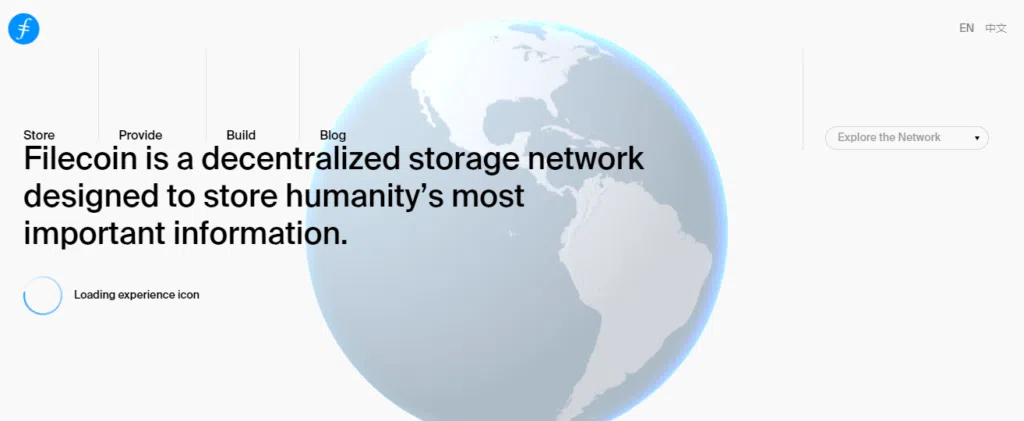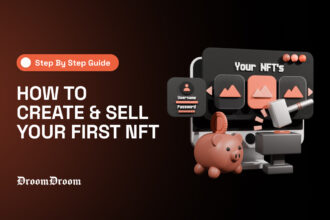Zero-trust architecture (ZTA) is a new way of thinking about cybersecurity that has been gaining steam lately. The core idea is that instead of automatically trusting anyone inside your organization’s network, you verify every single attempt to access data and services. It flips old security models on their heads.
- Understanding Zero-Trust Architecture and Its Role in Cybersecurity
- Key Principles of Zero-Trust Architecture for Blockchain Security
- Strong Authentication Methods
- Network Segmentation
- Layer 7 Threat Prevention and Application Security
- The Importance of Least Privilege in Blockchain Security
- The Path to Blockchain Security
- Zero-Trust Implementation in Web3 Solutions
- The Role of Zero Trust in Shaping the Future of Blockchain Security
- Conclusion
The core ideas of Zero Trust fit well with decentralized blockchain technology. The main Zero Trust notion of “never trust, always check” matches the blockchain view that deals should be confirmed through agreement, not by trusting one central authority. By steadily checking and confirming interactions, Zero Trust architecture works well with the distributed, decentralized nature of blockchain systems.
In the past, companies would set up a perimeter, like a firewall, to keep out external threats. But once you were inside that perimeter, you could access anything. The basic idea is: never trust, always verify. This contrasts with more traditional network security that puts faith in the network perimeter, like a firewall. With zero trust, the perimeter doesn’t really matter since each request is checked no matter where it comes from.
Experts predict that 10% of big companies will have full Zero Trust programs running by 2026. The Zero Trust market is expected to grow to $52 billion by then! Companies are taking online dangers seriously and are willing to put major money into solutions like Zero Trust.
Understanding Zero-Trust Architecture and Its Role in Cybersecurity
Zero-trust architecture is a new way to think about and plan computer networks and security. The main idea is that you should not automatically trust anyone or anything trying to connect to or access parts of your network. This is different from how many networks work today, where once something or someone gains access at one point, they can then move around to other parts of the network.
Why Zero Trust Architecture Matters for Security
Zero Trust Architecture improves security in several ways:
Proactive Stance
It assumes threats exist everywhere, leading to continuous verification. This proactively prevents attacks.
Precise Access Control
It allows precise control over access based on identity, device, location, and more. This ensures only authorized access.
Reduced Attack Surface
It divides networks into smaller sections with controls between them. This gives attackers less to target.
Enhanced Visibility
It provides better visibility into activities on the network. This allows quicker threat response.
Regulatory Alignment
Its identity verification aligns with data protection and privacy regulations.
Implementing Zero-Trust Architecture requires a full understanding of networks, assets, and access controls. Principles like identity verification must be tailored to environments like blockchain networks. With careful implementation, Zero Trust principles can enhance security across the board.
Key Principles of Zero-Trust Architecture for Blockchain Security
The blockchain allows the sharing of information without needing central control. This brings many benefits but also security risks. Attackers try to access private data or take control of blockchain networks. Zero Trust Architecture is a smart way to protect the blockchain that assumes risks exist everywhere.
Strong Authentication Methods
The first rule of Zero Trust is to confirm every user trying to access the system. With the blockchain, this means checking two things:
- Use strong login checks like biometrics tokens, or ask extra questions only that the user would know. These go beyond just a password.
- Check the device itself. Ensure phones, computers, and more are safe and approved to connect. Attackers try to access networks through compromised devices.
By confirming users and devices every time, blockchain networks stay protected. Even if attackers trick past one defense, more waits behind it.
Network Segmentation
Network segmentation splits technology into smaller secure zones. This principle of Zero Trust prevents attackers from freely moving around if they do break in somewhere.
Segments separate databases, applications, and more based on role and risk. Finance data would go in one zone, while smart contract code sits in another. Strict rules control the information flow between them.
This makes life far harder for attackers by:
- Limiting access – If one segment is compromised, others remain secure
- Containing threats – Stops threats spreading to gain more control
- Customizing security – Important assets get extra layers of protection
While complex, network segmentation represents a key Zero Trust goal: assume breach and limit blast radius.
Layer 7 Threat Prevention and Application Security
In Zero Trust, no data or user is inherently safe. Advanced inspection continuously monitors network traffic and application behavior to spot risks.
Powerful filters check activity at the deepest levels for anything unusual. For the blockchain, this means tracking:
- Application data flows – Detect manipulation attempts
- Transaction patterns – Highlight abnormal behavior
- Access logs – Identity unauthorized changes
- Code injections – Stop execution of malicious payloads
Outlier activities send alerts for quick response. Teams can then isolate issues and determine if an attack is occurring.
Traffic inspection aligns with Zero Trust by continually assessing trust, not making assumptions. The blockchain needs this visibility as its decentralized nature means traditional monitoring is lacking.
The Importance of Least Privilege in Blockchain Security
Zero Trust’s least privilege rule gives users strictly limited permissions. Employees, third parties, and applications only receive the bare minimum access necessary for their direct responsibilities.
For blockchain users, this can involve:
- Role-based access control – Permissions set according to job functions
- Smart contract governance – Code only allows certain transactions
- Keys and credentials – Distributing authority across multiple users
The least privilege prevents single users or bugs from gaining too much control. If attackers compromise an account, their capabilities remain tightly boxed in. Combined with user verification and network micro-segmentation, the least privilege restrictions make the blockchain exceptionally hard to breach fully.
The Path to Blockchain Security
Zero Trust Architecture takes a harsh but proactive stance on cyber risk. By continuously validating every user, device, and transaction, blockchain networks remain secure against attacks and unauthorized changes.
Verification checks, network zones, traffic analysis, and limited access work as a whole to:
- Prevent breaches – Confirming legitimate users shuts out attackers
- Reduce blast impact – Isolated network segments stop lateral movement
- Speed detection – Behavior monitoring spots anomalies early
- Mitigate consequences – Restricted access prevents system control
Security teams must view blockchain technology as full of potential and potential risk. Zero Trust provides a robust model tailor-made for decentralized environments by never taking trust as guaranteed. Implementing these principles requires effort but pays back by allowing organizations to leverage the blockchain safely and confidently.
Zero-Trust Implementation in Web3 Solutions
The core thought behind zero-trust in web3 is that no user or transaction should be trusted by default. Instead, every user and transaction must be checked and okayed before being allowed access. This applies both when users join a web3 network and send transactions on that network.
Several web3 projects put this zero-trust idea into practice in their own way. But they all require some form of identity check and transaction signing with private keys. This gives users control and responsibility for what happens on these networks.
Specific Web3 Projects Using Zero-Trust
Arbitrum

Arbitrum uses optimistic rollups to take transactions off the main Ethereum chain. This helps lower costs and congestion. But Arbitrum still makes users prove who they are and sign off on transactions first. This zero-trust approach maintains security.
Polygon

Polygon provides developer tools for building scaling solutions. It uses rollups, too. Polygon also requires identity verification and signed transactions before sending anything to its network.
Zcash

Zcash is focused on user privacy through encrypted transactions. Users can stay anonymous if they want. However, they still need to validate themselves and sign transactions with keys. This allows anonymity while keeping zero trust.
Filecoin

Filecoin is for decentralized data storage. It rewards miners for storing users’ data. Filecoin uses encryption and requires the signing of data blocks. This implements zero trust around data uploads.
Celo

Celo wants to enable mobile banking access. It uses stablecoins and encryption to keep transactions private. However, Celo still mandates upfront user verification and transaction signing. This provides banking-like services through a zero-trust model.
The Role of Zero Trust in Shaping the Future of Blockchain Security
Zero Trust has really caught on as an important new idea in cybersecurity. The old secure perimeter way of thinking just doesn’t cut it anymore since we can’t assume anything inside the corporate network is safe. With more hybrid working situations these days, Zero Trust’s assumption that no user or device is inherently trustworthy makes a lot of sense.
Looking ahead, technologies like 5G, the Internet of Things (IoT), and AI are going to be huge. Making sure blockchain networks powering these innovations are secure will be crucial. This is where Zero Trust architecture could come in very handy. Specific proposals around combining Zero Trust and blockchain for future IoT networks sound promising. The idea is that massive numbers of devices could be authenticated while maintaining security.
The Growing Zero-Trust Imperative
Increasing Adoption
Many groups say that Zero Trust is one of their top main aims for IT and safety. Around ninety percent, in fact, view it as vital to progress.
Cost Savings
Zero Trust can greatly reduce the price of a data breach by about $1.76 million. This shows why many see adding it as having financial benefits.
Time Savings
The structures of Zero Trust allow groups to free up worker time. With segmentation, around forty hours a week per staff is saved from not dealing with issues.
Improved Stability
Groups using Zero Trust structures are two times more likely to have avoided critical outages from attacks over the prior twenty-four months. It clearly makes operations more stable.
Large Market Growth
The full Zero Trust market is expected to reach $52 billion by 2026. This growth shows its importance going forward across fields.
Conclusion
To wrap up, the zero-trust approach is a strategic cybersecurity plan that eliminates automatic network trust. This means staying on top of things and ready to change how we keep stuff secure, always learning and coming up with new ways to stay ahead of emerging threats. By prioritizing the Zero Trust building plan, you can give your blockchain environments an upgrade in safety. Don’t just blindly trust any user or device, but check and confirm everything that connects with your system. It’s on us to smarten up and put effort into keeping bad actors from messing with our blockchain tech. The Zero Trust attitude asks us to verify, validate, and never assume everything’s copacetic.




















